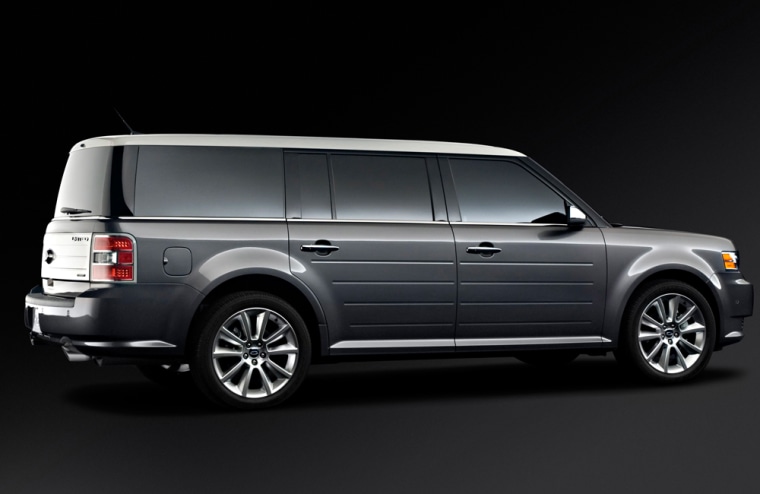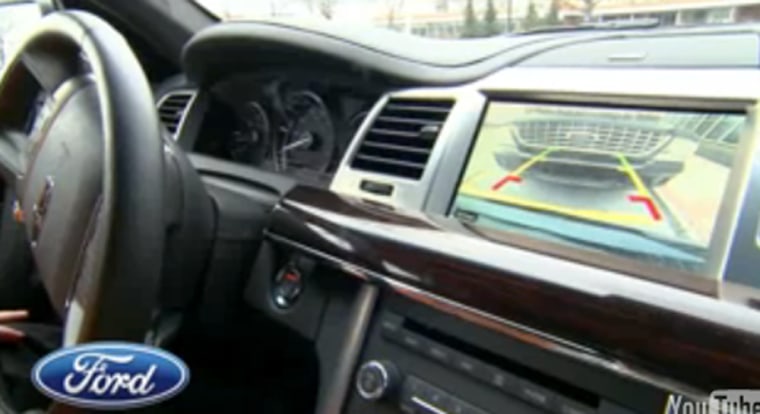When it comes to driving, human beings have an appalling safety record. According to the National Highway Traffic Safety Administration, more than 2.35 million people were injured in car accidents last year in the United States. That’s a breathtaking statistic until you consider that 37,261 others were killed — and that’s the lowest number since 1961.
But a new breed of prototype automobile can drive without the help of unreliable humans, and major car companies are paying attention.
In 2007, the federal government’s Defense Advanced Research Projects Agency sponsored the Urban Challenge. Corporate-sponsored teams from all over the nation retrofitted regular cars with sensors and artificial intelligence, transforming them into fully autonomous ground vehicles. Eleven finalists unleashed their driverless cars on a peaceful mock city where they proved capable of obeying traffic signals while merging, passing and parking.
After winning the Urban Challenge together, General Motors teamed up with Carnegie Mellon to form a five-year, $5 million dollar Collaborative Research Laboratory. The manager of the group, Bakhtiar Litkouhi, wants GM to leverage university brainpower to accelerate the development of autonomous driving technology. “It’s important for these features to become production viable,” said Litkouhi, who has a Ph.D. in electrical engineering and systems science.
With motor-vehicle accidents claiming more than a million lives worldwide annually, car companies are pushing the development of technology that increasingly borrows control from erratic human beings, allowing the car to drive itself.
Low-level autonomous safety features have been around in various forms for decades.

Antilock brake systems, which automatically sense when a wheel is skidding and reduce brake pressure, were introduced back in 1971.
In 1997, General Motors introduced an Electronic Stability Control system that can sense the difference between the direction a car is going and the angle of the steering wheel, and then pump the brakes to keep the car on course.
These safety features are so commonplace today that federal legislation requires they be installed on all new cars, along with airbags and seatbelts.
And the next generation of autonomy is already here. The 2010 Ford Flex boasts Active Park Assist — just target a spot and the car uses ultrasonic range finders to park itself.
The 2010 Toyota Prius has a Lane Keep Assist system that uses a camera to detect lane markers and automatically steers the car toward the center of the lane. And the Honda Accord comes standard with Adaptive Cruise Control, which uses a radar pulse to scan ahead for other vehicles and then increases or decreases speed to maintain a safe following distance.
Modern cars can steer, brake and accelerate all by themselves, but they still need a human driver behind the wheel.
“The way into a fully autonomous vehicle follows an evolutionary path,” said Litkouhi.
Multiple features
The current set of semi-autonomous safety features can quickly combine into something more. For example, a car could use Lane Keep Assist and Adaptive Cruise Control together to drive itself under highway conditions, sticking to one lane and not hitting the car in front.
The next step is to expand these capabilities. Adaptive Cruise Control currently works only over 25 mph, but the next version (called Full Speed Range ACC) lowers that number to zero so that cars can begin to handle traffic jams in the city.
“As these systems mature, the drivers have to do less and less. There could be a natural tendency for the driver to do other things,” said Litkouhi, which means that autonomous cars must watch their drivers as much as they watch the road, or more.
Even fully autonomous cars will keep their human drivers, however.
“We have aircraft that can be piloted automatically, but that does not mean that the pilot can go back and mingle with the passengers,” said Litkouhi.
“At the end of the day, the driver is the one who gives control to the vehicle. At no time do we want to take the fun of driving away from the driver.”
Daniel H. Wilson (www.danielhwilson.com) is an Oregon-based writer and the author of “Where’s My Jetpack?: A Guide to the Amazing Science Fiction Future that Never Arrived.”
